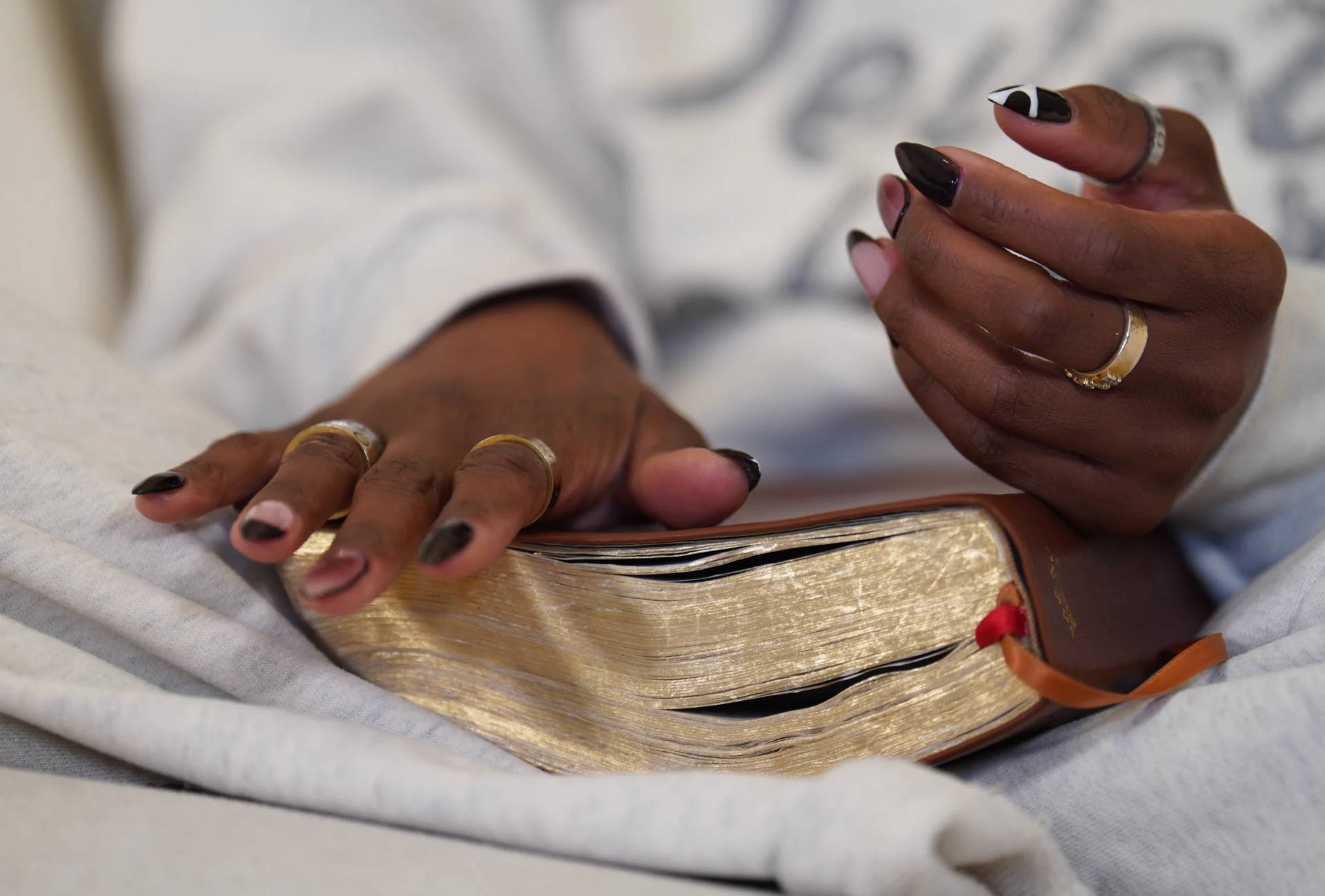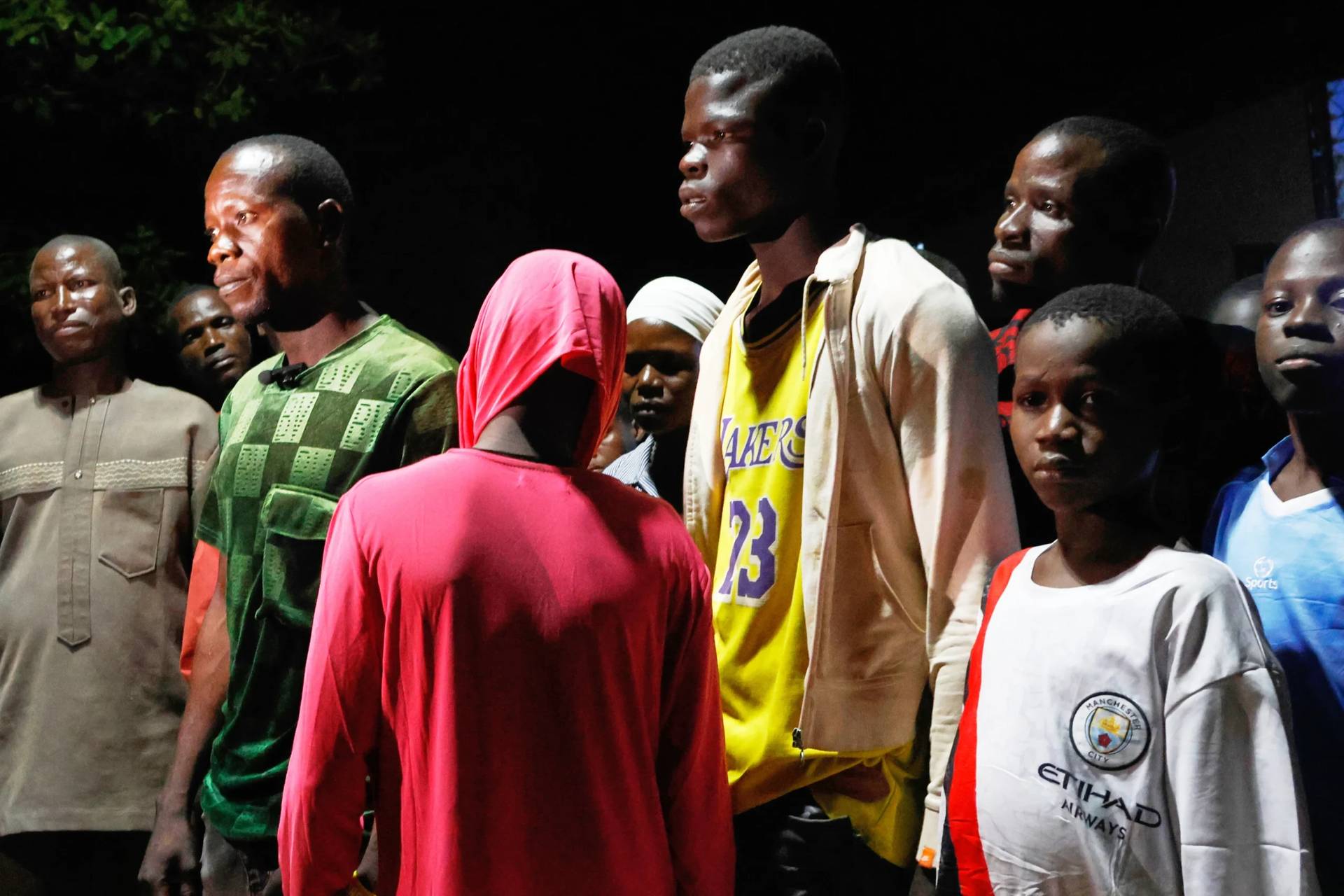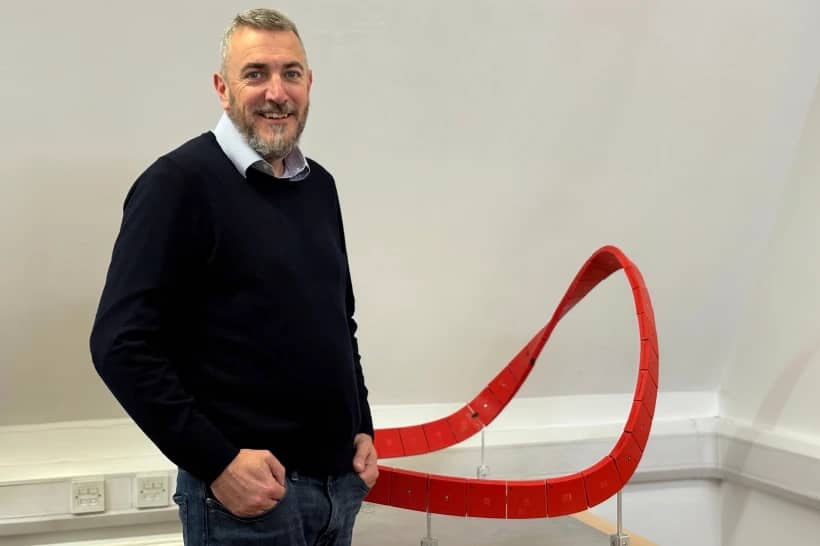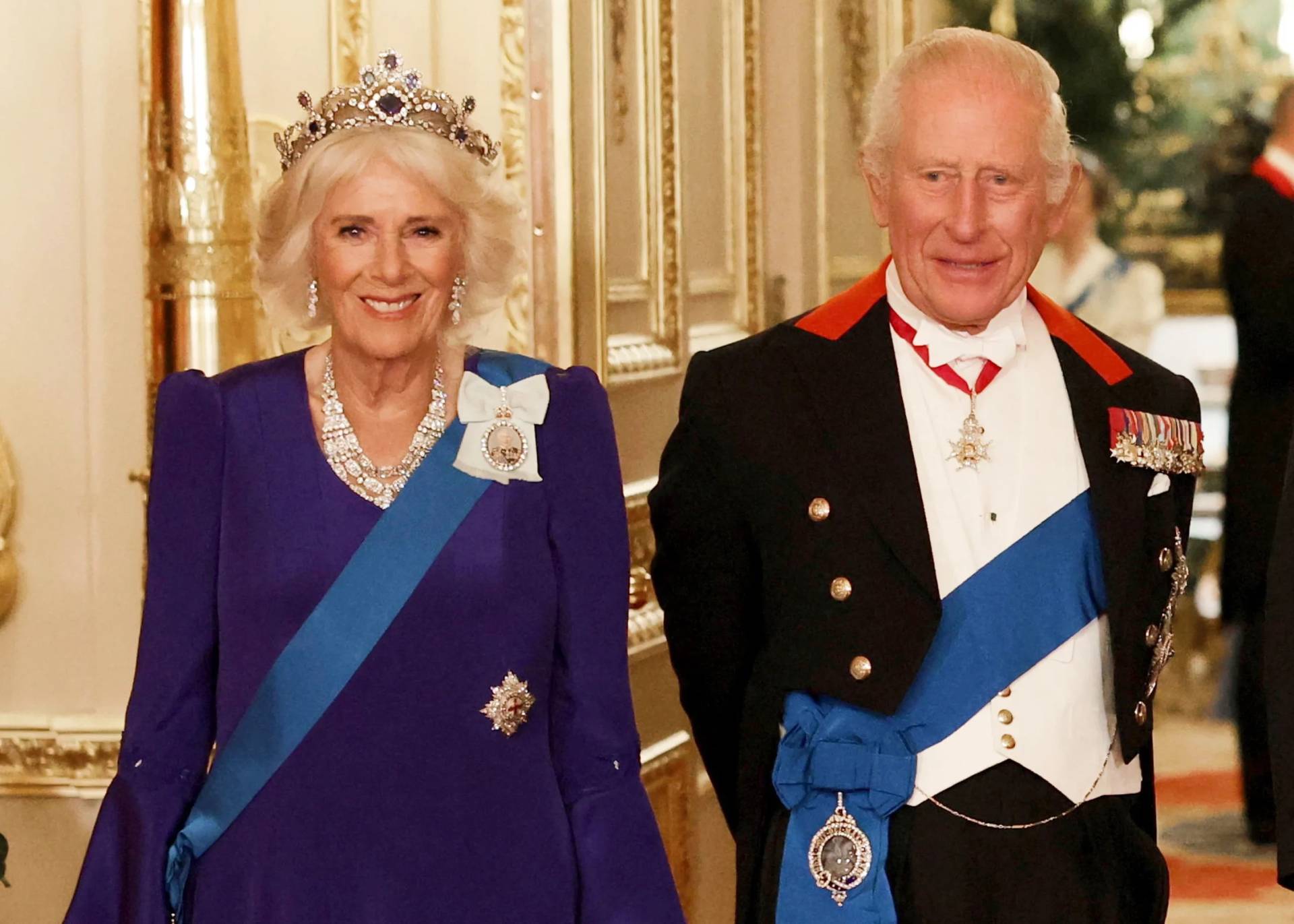LEICESTER, United Kingdom – Every year since 1953, Catholics from the Diocese of Middlesbrough – located in the north of England – have participated in a pilgrimage to Lourdes.
This year, the French Marian shrine is closed, and England is under lockdown – both due to the COVID-19 coronavirus pandemic.
However, this hasn’t stopped the pilgrims, who decided to “walk” to Lourdes virtually, and then “attend” livestream Masses from different churches in the diocese.
The week-long pilgrimage was scheduled to being with a Mass on May 23 in the Middlesbrough cathedral, and will include services from the cities and towns of Hull, Redcar, Whitby and York. In addition, there will be two shared services with the Archdiocese of Birmingham, who are usually in Lourdes at the same time as the Middlesbrough pilgrimage.
“In normal times we would currently finalizing preparations to travel on pilgrimage to Lourdes,” said Keith Tillotson, the pilgrimage director. “Unfortunately, the world we find ourselves in today is anything but normal. Despite that, it’s been wonderful to see hundreds of people enjoying travelling with us on our virtual journey to Lourdes, where I believe Heaven and Earth are closest.”
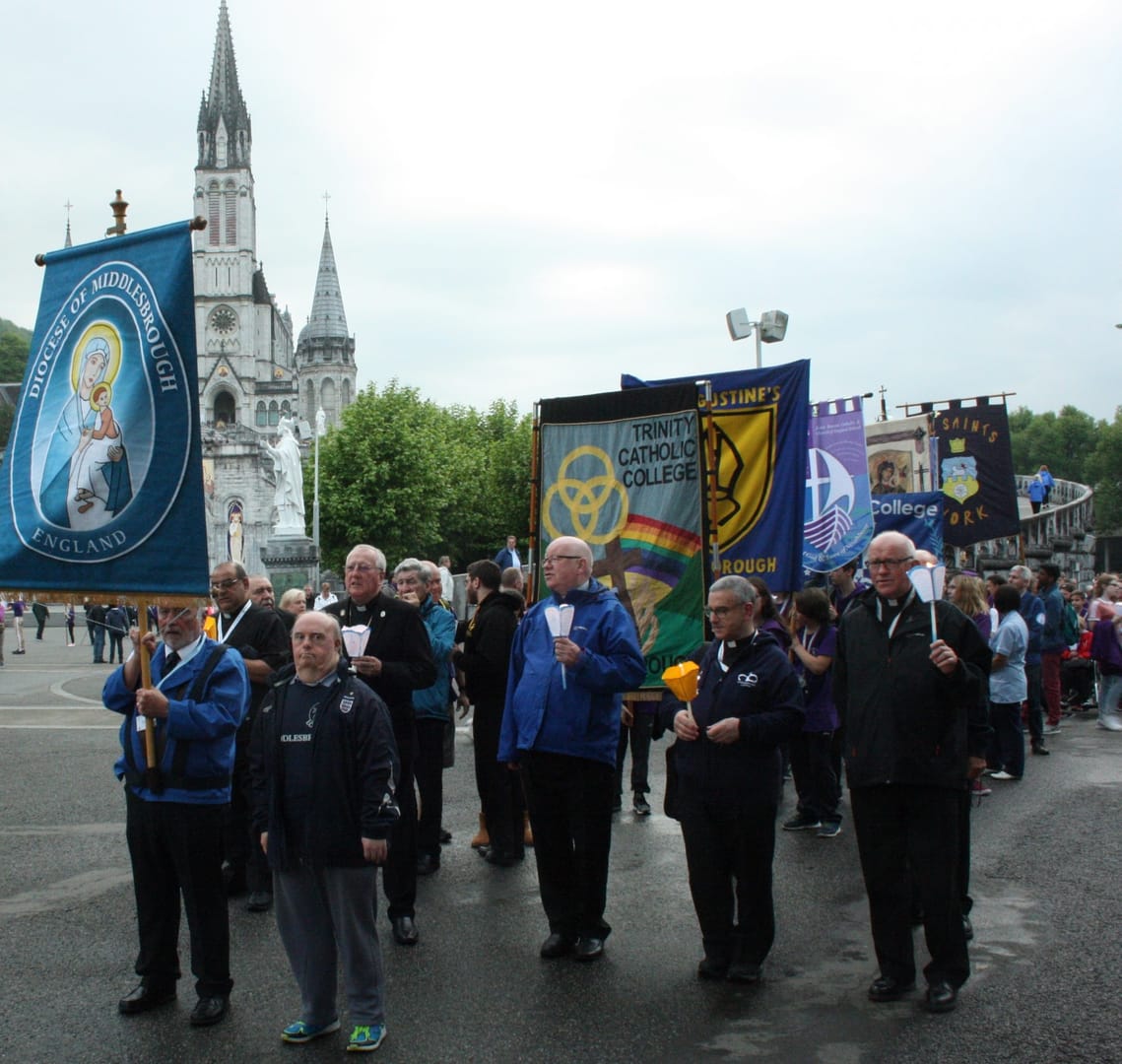
This “virtual journey” has been taking place in the backyards and roads of northern England, has people have been walking anywhere from 100 yards to several miles a day. This 16-day Walk of Hope has been covering the distance from Middlesbrough to Lourdes, with the pilgrims covering around 65 miles a day to get them to the French shrine – at least in spirit – for the actual pilgrimage.
Nearly 800 people have signed up the diocese’s Lourdes pilgrimage Facebook group, sharing their daily totals, prayers, and testimonials on how Lourdes has impacted their lives.
“It was a truly amazing experience, a real sign of Lourdes being lived right here at home among our wonderful Lourdes family,” Tillotson said.
Bishop Terry Drainey told Crux that the people participating in the virtual pilgrimage have carried it along with their passion for Lourdes.
“There’s an awful lot of enthusiasm; there’s an awful lot of energy; there’s an awful lot of people invested in the pilgrimage,” he said.
The annual pilgrimage to Lourdes usually attracts 800-1000 people from the Middlesbrough diocese, including many sick and elderly people who are the most vulnerable to COVID-19.
The shrine, located where St. Bernadette Soubirous saw apparitions of the Blessed Virgin Mary, has long been associated with the sick, and many inexplicable healings have occurred at the site.
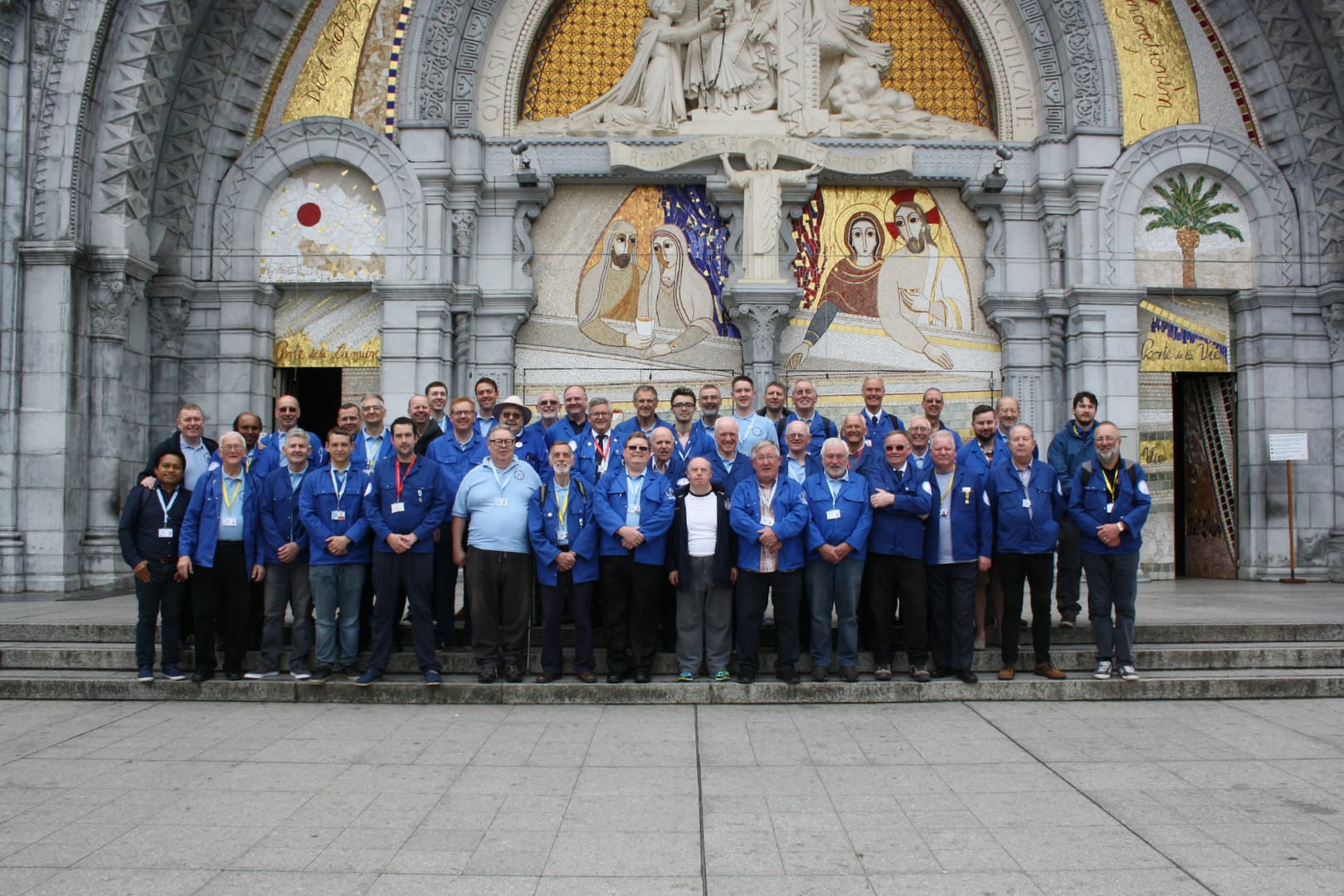
During a normal year, the pilgrims from Middlesbrough also include medical personnel and caregivers, who give up their vacation time to help the sick and infirm who are the focus of the pilgrimage.
“It’s for them, because of them, that we all want to go to Lourdes, and they bring so much to the rest of us: They bring so much grace, so many blessings to us. We’ll really miss them this year – actually having close contact with them – but we know they will be ‘virtually’ with us,” Drainey said.
He also noted that the Diocese of Middlesbrough has started allowing people to dial a telephone number and listen to live Masses to minister to people who do not have highspeed internet. The Masses of the virtual pilgrimage will be included in this service.
“They will be with us, and very much at the center of our thoughts and prayers,” the bishop said.
Middlesbrough has been one of the hardest hit areas in England during the coronavirus crisis – there are 466.8 cases per 100,000 people, according to the Guardian.
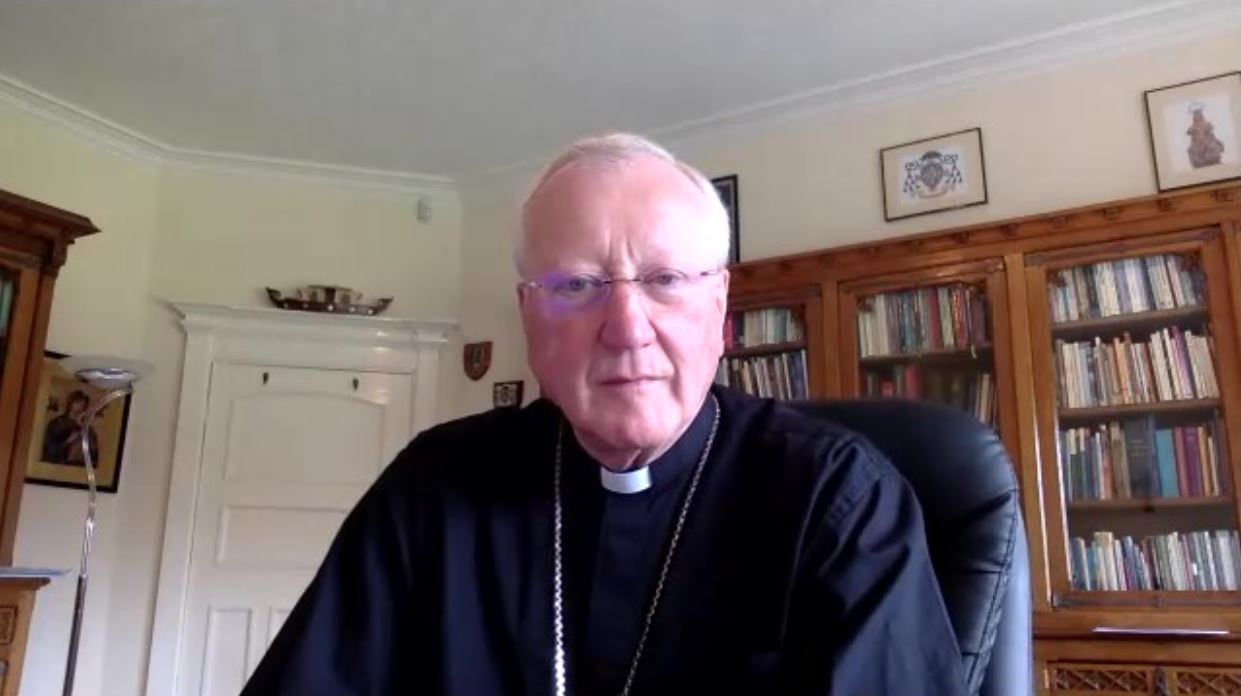
“It’s one of the highest in the country. I’m sorry to say it’s connected to poverty, because this area of Middlesbrough and another part of our diocese, which is Hull are probably the poorest parts of England, and as a result it affects people. It really does affect people in all sorts of ways,” Drainey told Crux.
However, hardship means the people of the diocese are used to helping each other.
“The folks themselves have been very much involved supporting one another. Middlesbrough and the diocese are used to supporting one another, looking after one another, looking out for one another,” the bishop said.
He also said this includes the clergy.
“I am really amazed and grateful to the imagination of the priests that they have really taken on board digital ministry and telephone ministry. They have been in contact with people; they have used every possible way of keeping contact,” he said.
Drainey noted the Catholics of the diocese of been running food banks, and Catholic schools have still been involved in the community, not just by providing online education but also by making face masks and other protective equipment.
“People have really dug deep into their hearts, and they have found an awful lot of generosity there and an awful lot of empathy, which they have used for the good of everybody.”
Follow Charles Collins on Twitter: @CharlesinRome








